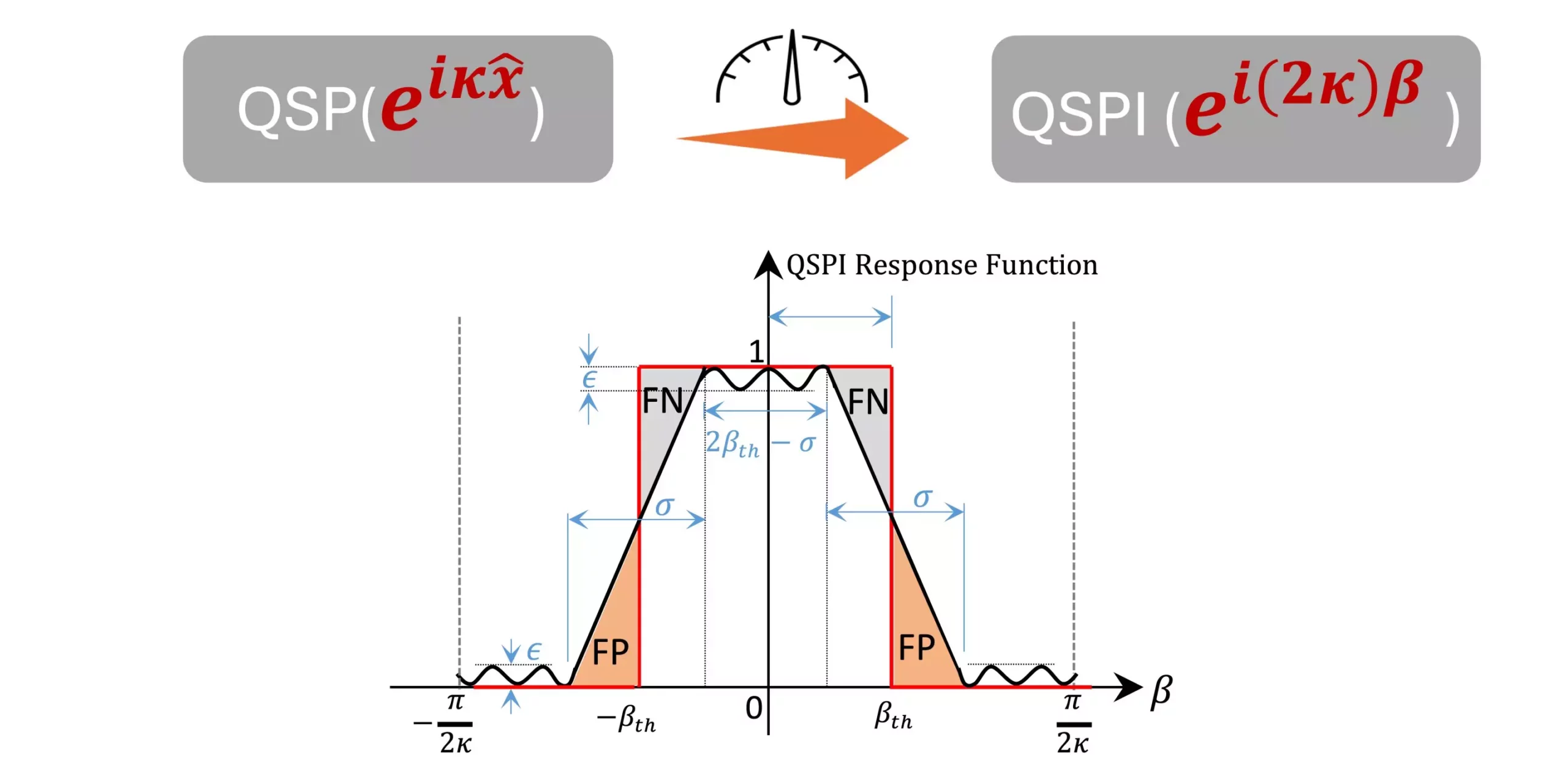In a groundbreaking study by researchers at North Carolina State University and the Massachusetts Institute of Technology, the promise of quantum sensors has taken a giant leap forward. The newly developed protocol enhances the ability to design quantum systems, enabling them to detect signals with incredible sensitivity far beyond the capabilities of classical sensors. Traditional measurement tools often come with limitations, primarily due to their reliance on classical physics principles. However, the advent of quantum mechanics opens a realm of possibilities, and this protocol serves as a bridge, allowing scientists to tailor these remarkable tools to pinpoint the signals they wish to detect, no matter how faint.
According to Yuan Liu, an assistant professor involved in this research, the motivation behind this innovation lies in the desire to achieve precision that aligns with the inherent limits stipulated by quantum mechanics. The challenge is less about creating more sensitive tools and more about directing these tools effectively. Liu’s research allows us to venture into the nuanced world of quantum sensor design, utilizing principles traditionally reserved for classical signal processing.
Harnessing Quantum Information
At the heart of the proposed approach lies an intricate interplay between qubits and bosonic oscillators. Qubits form the fundamental unit of quantum information, akin to bits in classical computing, and are characterized by their ability to exist in a state of superposition. On the other hand, bosonic oscillators present a richer landscape, as they are not confined to merely two states, but instead operate within an infinite-dimensional framework. This fundamental difference between qubits and bosonic oscillators presents both challenges and opportunities in quantum sensor applications.
Liu and his team leverage these unique properties to simplify the interaction between qubits and oscillators, focusing initially on binary decision-making rather than attempting to quantify signal intensity. This strategic choice allows them to isolate the essence of their target signal and apply quantum mechanics to extract relevant information efficiently. By manipulating their oscillator to align with these targeted signals, they create a versatile tool capable of adapting to various sensing tasks, laying the groundwork for future innovations in the field.
Single-Shot Measurements and Practical Applications
A significant advantage of this new protocol is its potential for single-shot measurements. Traditionally, many quantum sensing techniques require multiple measurements to reach a clear result, often demanding time-consuming and resource-intensive processes. The breakthrough presented by Liu’s team introduces a groundbreaking simplicity: once the manipulation of the quantum sensor is executed, a singular measurement from the qubit suffices to deduce a ‘yes’ or ‘no’ answer regarding the presence of the desired signal.
This efficiency does not merely enhance the experiment’s speed; it represents a profound shift in how we conceptualize and utilize quantum sensing. The research does not just propose a new model; it signifies a potential paradigm shift in a multitude of fields including telecommunications, environmental monitoring, and medical diagnostics. Utilizing readily accessible quantum resources across various platforms further amplifies the implications of this work, allowing broader applications while circumventing the extensive costs associated with conventional quantum measurement techniques.
Broader Implications for Quantum Technology
As Liu articulates, the implications of this research extend far beyond the immediate benefits of enhanced sensitivity. The framework established by this protocol may pave the way for the creation of diverse quantum sensing systems across various domains. By democratizing quantum technology through accessible measurement techniques and efficient processing, this research promises to elevate our abilities to detect and interpret crucial signals within our environment.
Tools equipped with this advanced quantum-sensing capability could profoundly impact scientific exploration and technological development, helping to identify not just physical signals but also changes in complex systems—a leap that could lead to breakthroughs in fields such as climate science and material research. Ultimately, the team’s work exemplifies a harmonious merger of theory and practicality, showcasing how quantum mechanics can be harnessed not just for abstract computation, but for tangible, real-world applications that enrich our understanding of the universe.
As we stand on the precipice of this new quantum era, the potential benefits of the protocol established by Liu and his collaborators are vast, suggesting that the next frontier of sensing technology may soon be within our grasp.


Leave a Reply